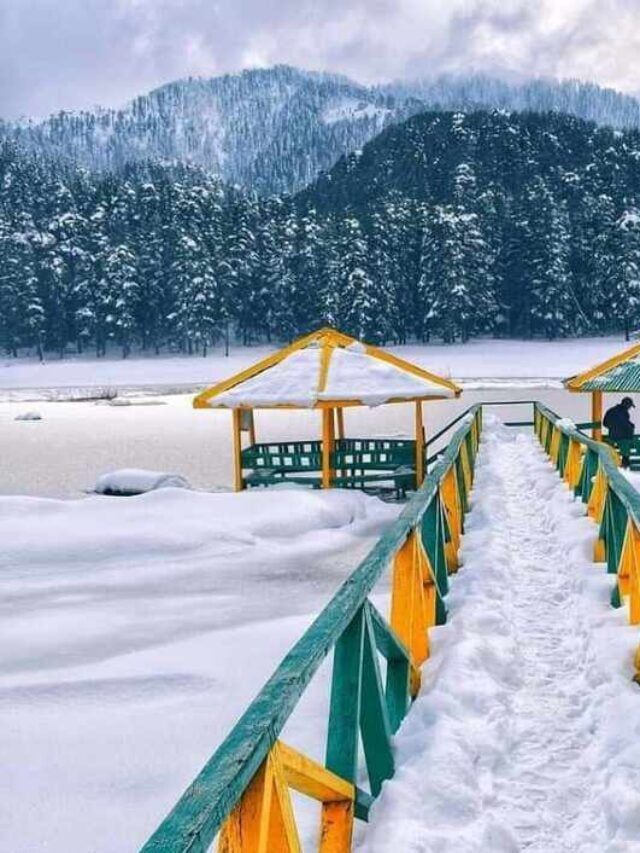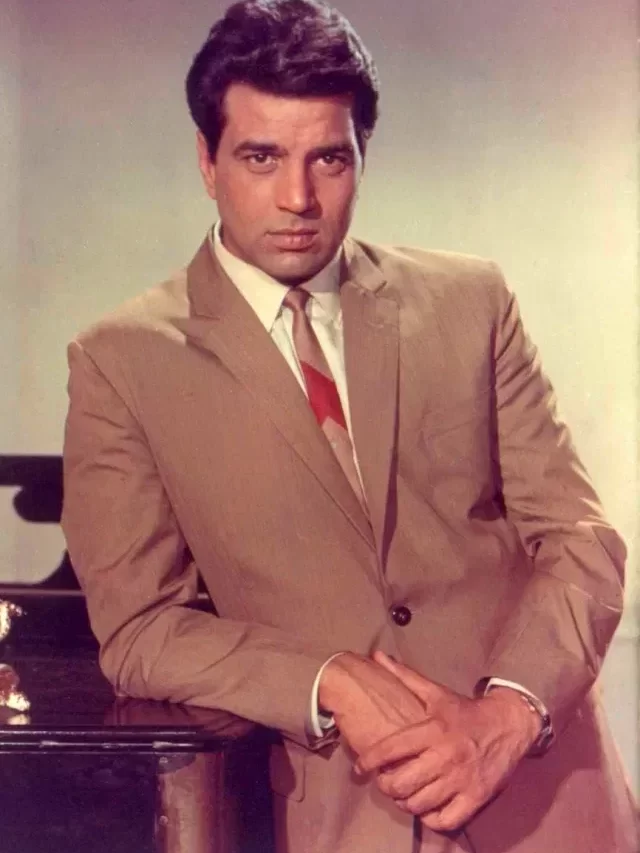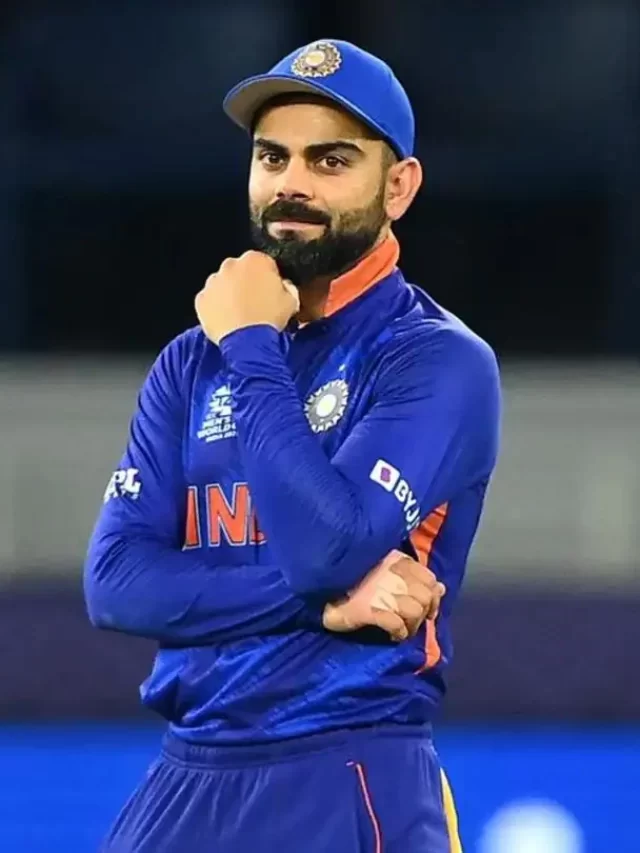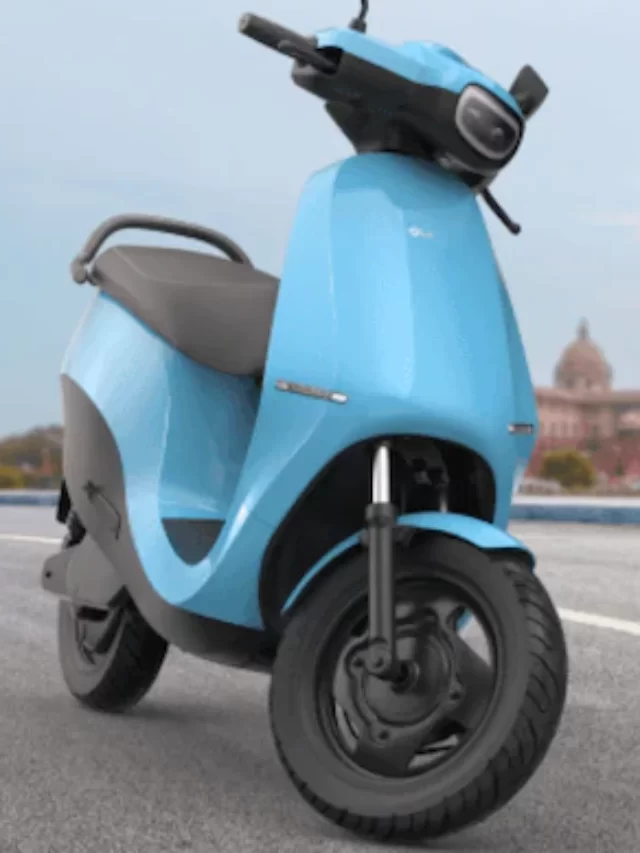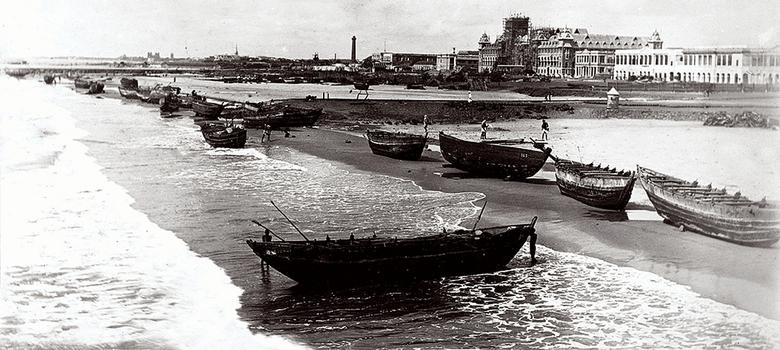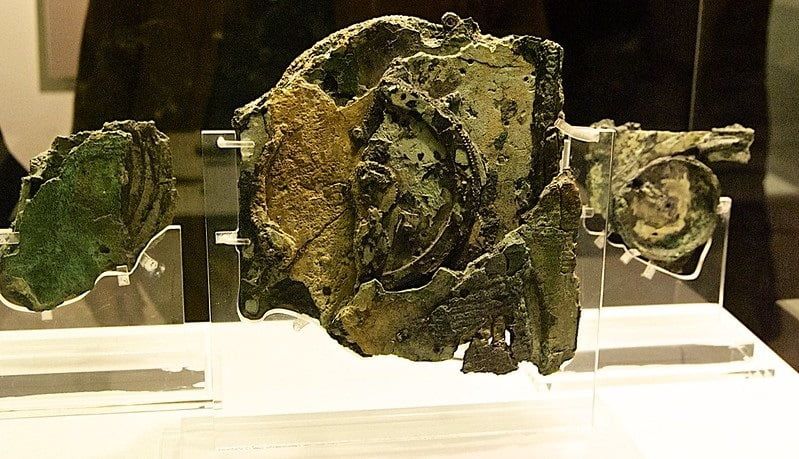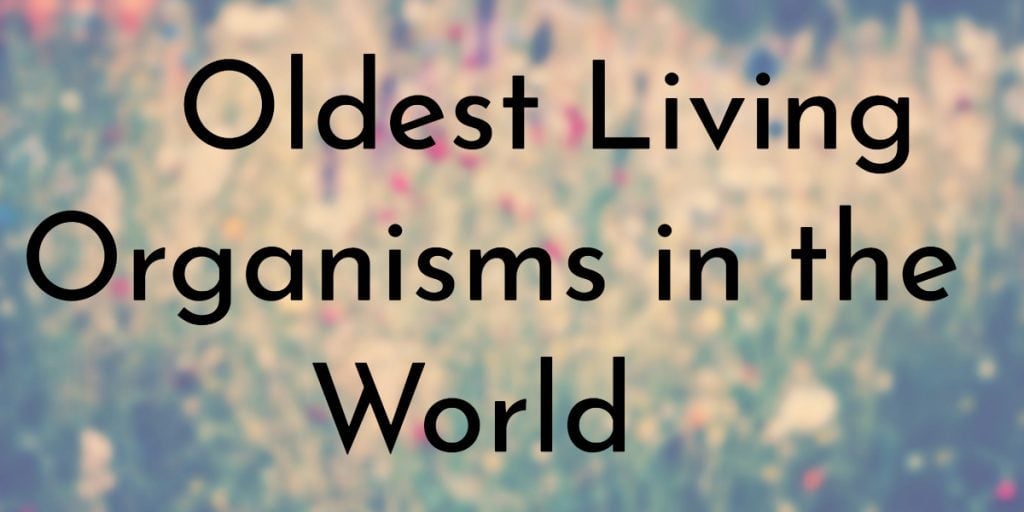The Indian independence from British rule paved the way for the Indian government to break free from the decades-long colonial policies of the British. To call a halt to the leftover British footprint, the post-independence Indian government initiated the renaming of the cities in independent India. Such a transitional event in the history of post-independence India is the renaming of Madras to Chennai. In the year of 1996- the name ‘Madras’ changed to ‘Chennai’ after a decades-long struggle by the local community. Why was the old name of Chennai changed to its vernacular name of Madras? What political events fueled the transition that changed the course of Indian history and modern politics? Why Madras under British rule changed its name to Chennai post-independence? Read on to know more about the history of Madras.
The restoration of the old name of Madras signifies an eventful transition from colonial times to the modern era of independence. Know more.
Who Was The Founder Of Madras?
Andrew Cogan and Francis Day are the two who can be credited as the founder of Madras. Madras under British rule was an important trade hub between colonial India and Europe. Soon after Madras was founded under British rule, several foreign, as well as domestic, traders flocked to the city to establish their trade business in the region.
Where Did The Name Madras Originate From?
The culturally vibrant city of Chennai, as we see it today, bears the forgotten legacy of British rule. The origin of the old name of Chennai – Madras puts forward different theories by different people. When Madras changed to Chennai in 1996, many people started questioning the origin of the name of Madras and why post-independent India decided to rename the place. This section will discuss the origin of the name ‘Madras’ in simple words to clarify the confusion that still is prevalent in Indian society.
One of the earliest and most widely accepted theories about the origin of the old name of Chennai is that the city acquired its name from ‘Madrasapattinam’ – situated in the north of St. George Fort, built by the British East India Company for trade. Others believe that the origin and growth of Madras can be traced back to the period of the arrival of the Portuguese. Soon after invading Indian soil, the Portuguese named the city ‘Madre de Deus’ which later modified itself to become Madras. Still, others believe that the city was named Madras after a ‘Madrasa’, which was located in the same locality.
Another important theory put forward by the historians was that soon after the East India Company set their foot in India, they were in search of a location that is perfect to build a fort to establish their trade with the European nations. The site chosen by the East India Company falls between two small villages in South India – the Madrasapattinam and the Chennapattanam.
Soon after St. George Fort was constructed between the two villages, the total area was called ‘Madras’ by the Britishers, the local natives preferred the name ‘Chennai’. Fast forward to the post-independence era, the Indian government, in order to do away with colonial systems, renamed Madras, the old name of Chennai, to its vernacular name!

Madras Under British Rule – An Important Trading Centre For Imperialist Government
The old name of Chennai – Madras, a city born of colonial encounters bears the forgotten legacy of the British East India Company to date. Though when Madras changed to Chennai, the main aim of the Indian Government was to break free from the colonial policies. The city still holds some of the remains of British culture. So, how was Madras under British rule?
In the year 1639, the founders of the city, Cogan and Day secured a grant for two years from the local ruler, Damarla Venkatadri Nayaka, the Nayaka of Wandiwash, to set up a fort in the southern region of India. Soon after the Fort was built and the grant was renewed after two years, both domestic and international traders were attracted to the place in order to flourish their business. The city transitioned itself into an important trade centre for the East India Company and other businesses.
Madras under British rule housed both native Indians and the colonial Britishers. Riots and conflicts had become a common scene in this place. To solve this, the two areas, one of the native Indians and the other of the British people were separated from each other and were named the ‘Black Town’ and the ‘White Town’. Such namings based on skin complexion hint towards the racist thinking of the Britishers of that time.
Fortunately, we have been successful to throw away the racist ideas of the British but still have a long way to go. Even today in corners of India, the seeds of racism can be traced. We need to educate our people and fight against racism to make India a better place for our future generations.
Also Read- East India Company British Rule In India – The History, Rise And Fall
History Of Madras – The Cultural Capital Of India
The cultural capital of India, Chennai, as we call it today, was borne out of a British encounter on Indian soil in the 1600s making it a notable history of Madras. Before the British Army took over India, the Southernmost part of the Indian subcontinent was ruled by the Vijaynagaras who appointed Nayaks to take charge of different regions, independent of the ruler. On the other hand, the Britishers were in search of a perfect location to set up a trade centre in the Indian subcontinent.
The location that seemed quite perfect to the British was the region of Madras which was then ruled by Damarla Venkatadri Nayaka. Soon, the British managed to secure a grant of a three-mile-long land from the Nayaka in the village of Madrasapattinam. Following the treaty, the East India Company constructed a fort which was named St. George Fort, which later became the centre of trade between colonial India and the European nations.

The history of Madras does not end here. In the year 1645, the old grant was renewed by the new Raja, Sri Rangarayulu who permitted the EIC to take over new lands and expand their business. But, with the introduction of new diseases and attacks by different other kingdoms, notable among them were the Portuguese attack on Madras and the attack by Mir Jumla, the city succumbed to death. The city was rebuilt again with a majority of British people and a few Indian natives.
Soon, the Mughals captured the city and granted more rights to the EIC to expand their business in the region. The development of a harbour in Madras paved the way for further settlements in the region. Soon, the city of Madrasapattinam became an important centre of trade for the British Army. Several Indian, as well as foreign, businesses, were attracted to the region. They started establishing their business there, some of which can be found to exist even today.
Also Read- The List Of Mughal Rulers In India – The History Of Mughals And Mughal Empire
The Origin And Growth Of Madras – Why And When Madras Changed To Chennai?
Fast forward to 1948, a movement began in post-independence India to rename the old colonial cities. The prime aim of the movement was to throw away the remnants of British rule and rename the Indian cities along with their vernacular names. Though the north Indian states forcibly incorporated the study of Hindi in the southern region of India so that they can rename the region of Madras in Hindi and opt for one ‘National language of India’, the natives protested strongly against the Government policy.
After mass struggles, the old name of the region, Madras, was renamed Chennai in the year of 1996. Today, the city has been awarded as the ‘cultural capital of India’. The origin and growth of Madras reflect both- the British policies and the north Indian political dominance till today.
Also Read- All About Hindi Diwas – Why Hindi Is Our National Language?
Conclusion
Following the renaming of Madras to Chennai, other cities in post-independence India also renamed themselves to their vernacular names as a sign of independence from British rule. For example- Calcutta changed to Kolkata, Bangalore changed to Bengaluru, etc.
For more related articles, Visit Discover
